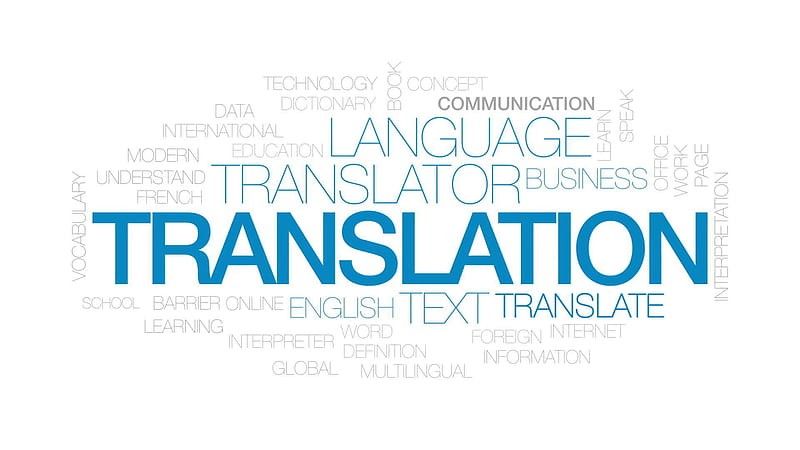Competent translators show the following attributes:
- a very good knowledge of the language, written and spoken, from which they are translating (the source language);
- an excellent command of the language into which they are translating (the target language);
- familiarity with the subject matter of the text being translated;
- a profound understanding of the etymological and idiomatic correlates between the two languages, including sociolinguistic register when appropriate; and;
- a finely tuned sense of when to metaphrase (“translate literally”) and when to paraphrase, so as to assure true rather than spurious equivalents between the source and target language texts. A competent translator is not only bilingual but bicultural. A language is not merely a collection of words and of rules of grammar and syntax for generating sentences, but also a vast interconnecting system of connotations and cultural references whose mastery.
The complexity of the translator’s task cannot be overstated; one author suggests that becoming an accomplished translator—after having already acquired a good basic knowledge of both languages and cultures—may require a minimum of ten years’ experience. Viewed in this light, it is a serious misconception to assume that a person who has fair fluency in two languages will, by virtue of that fact alone, be consistently competent to translate between them.
The translator’s role, in relation to the original text, has been compared to the roles of other interpretive artists, e.g., a musician or actor who interprets a work of musical or dramatic art. Translating, especially a text of any complexity (like other human activities), involves interpretation: choices must be made, which implies interpretation.
Part of the ambiguity, for a translator, involves the structure of human language. Our brain is so good at comprehending language that we do not usually notice. Any disambiguation is not infallible by a human, either.
Individual expressions – words, phrases, sentences – are fraught with connotations. As Empson demonstrates, any piece of language seems susceptible to “alternative reactions”, or as Joseph Conrad once wrote, “No English word has clean edges.” All expressions, Conrad thought, carried so many connotations as to be little more than “instruments for exciting blurred emotions.”
Christopher Kasparek also cautions that competent translation – analogously to the dictum, in mathematics, of Kurt Gödel’s incompleteness theorems – generally requires more information about the subject matter than is present in the actual source text. Therefore, translation of a text of any complexity typically requires some research on the translator’s part.
A translator faces two contradictory tasks: when translating, to strive for omniscience concerning the text; and, when reviewing the resulting translation, to adopt the reader’s unfamiliarity with it. Analogously, “[i]n the process, the translator is also constantly seesawing between the respective linguistic and cultural features of his two languages.”
Thus, writes Kasparek, “Translating a text of any complexity, like the performing of a musical or dramatic work, involves interpretation: choices must be made, which entails interpretation. Translators may render only parts of the original text, provided that they inform readers of that action. But a translator should not assume the role of censor and surreptitiously delete or bowdlerize passages merely to please a political or moral interest.
Translating has served as a school of writing for many an author, much as the copying of masterworks of painting has schooled many a novice painter. A translator who can competently render an author’s thoughts into the translator’s own language, should certainly be able to adequately render, in his own language, any thoughts of his own. Translating (like analytic philosophy) compels precise analysis of language elements and of their usage.
Translators, including monks who spread Buddhist texts in East Asia, and the early modern European translators of the Bible, in the course of their work have shaped the very languages into which they have translated. They have acted as bridges for conveying knowledge between cultures; and along with ideas, they have imported from the source languages, into their own languages, loanwords and calques of grammatical structures, idioms, and vocabulary.





